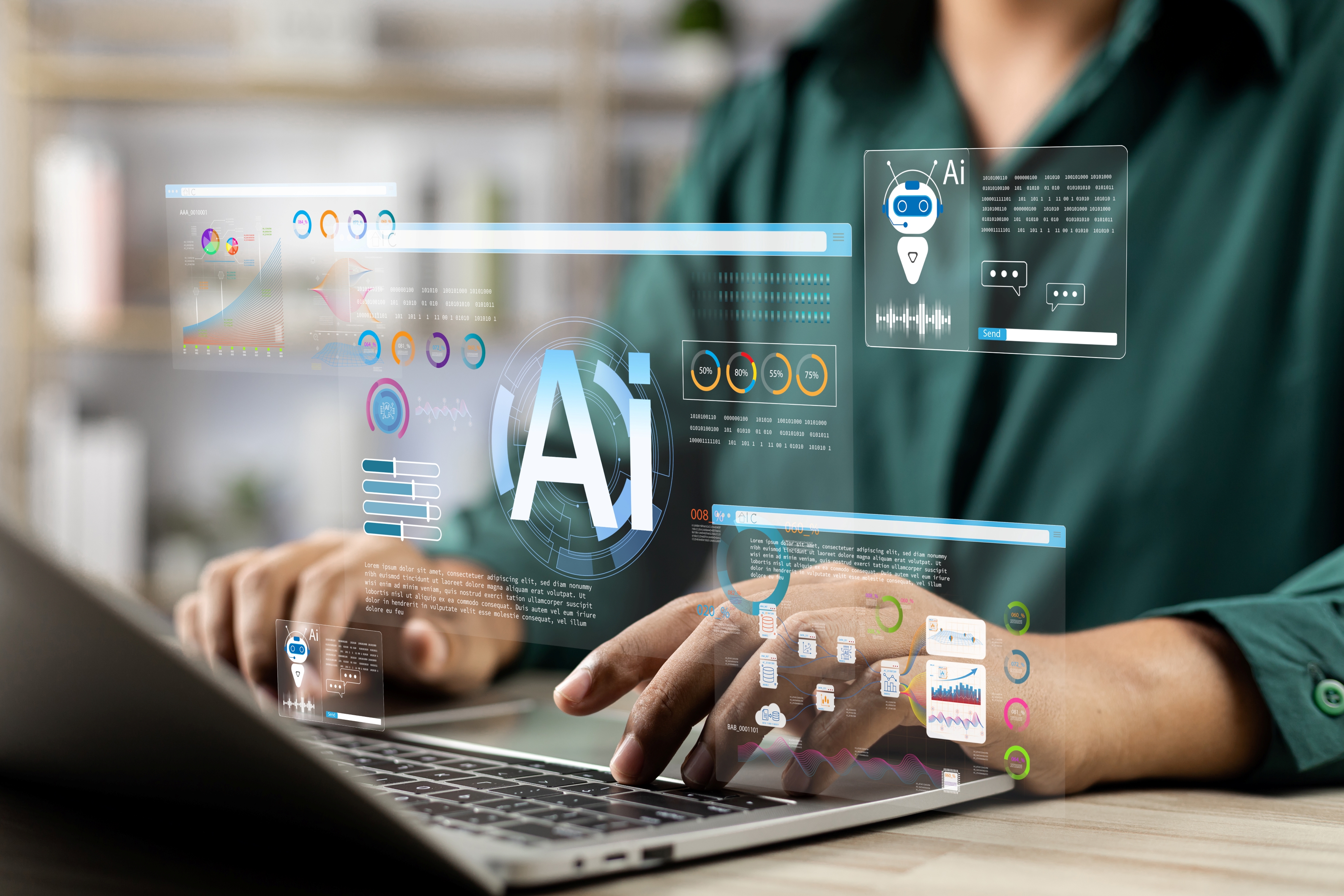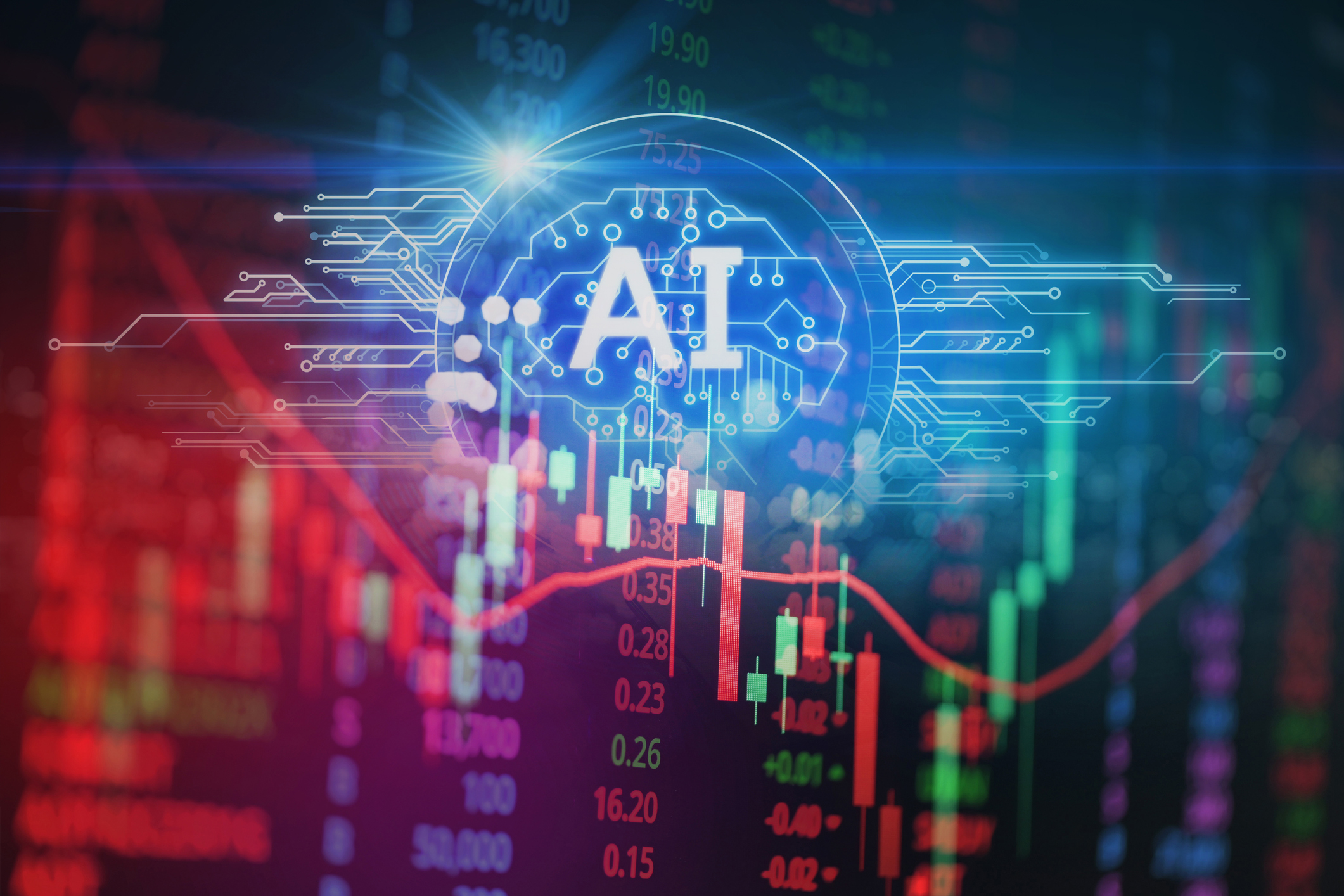Why Gross Domestic Income Is a Better Barometer of the U.S. Economy
Using income as a yardstick puts a different spin on the economy.


Justin Wolfers is associate professor of business and public policy at the Wharton School of the University of Pennsylvania.
Gross domestic product is the best-known measure of the economy. But you say there's another.
SEE ALSO: Kiplinger's Economic Outlooks
From just $107.88 $24.99 for Kiplinger Personal Finance
Become a smarter, better informed investor. Subscribe from just $107.88 $24.99, plus get up to 4 Special Issues

Sign up for Kiplinger’s Free Newsletters
Profit and prosper with the best of expert advice on investing, taxes, retirement, personal finance and more - straight to your e-mail.
Profit and prosper with the best of expert advice - straight to your e-mail.
Well, there are two ways of measuring GDP, which is the value of all goods and services produced in the U.S. One way is to measure every dollar that's spent on final goods and services -- by convention, that's called GDP. The other way is to measure income in the economy, including wages, interest and profits, which is called gross domestic income, or GDI. Because every dollar spent is a dollar earned by someone else, the two are conceptually equivalent. But in reality, these alternative measures are based on somewhat different data. As a result, they don't always move together and can give very different signals.
Is GDI a better measure?
It turns out that the data we collect on income provide a more accurate indicator of the pace of economic growth than the data we collect on how much people spend -- particularly at turning points in the economy. A spectacular instance of this was the Great Recession of 2007–09. When the economy first turned down, the GDP figure showed the economy was falling, but not very quickly. GDI pointed to a severe decline in growth, which we now know was correct.
What is GDI telling you now?
GDI told me that in the middle of 2011 the economy was very close to falling back into recession. Currently, GDI is telling me the economy is stronger than generally thought. In the fourth quarter of 2011, GDI grew at a healthy 4.4% clip, compared with GDP, which grew at 3%. I feel more confident that the economy grew at a healthy pace in the first quarter of 2012 as well, even though the GDP estimate of 2.2% growth was a bit disappointing.
What's the most important indicator to watch now?
The most informative about the state of the U.S. economy is nearly always the jobs report that comes out the first Friday of each month. I religiously set my alarm so that I don't miss the 8:30 a.m. release. My partner used to be chief economist at the Labor Department. So our 2½-year-old is used to missing breakfast with her parents on employment-report Fridays.
Profit and prosper with the best of Kiplinger's advice on investing, taxes, retirement, personal finance and much more. Delivered daily. Enter your email in the box and click Sign Me Up.

-
 Premium Rewards Cards: More Perks, Higher Fees
Premium Rewards Cards: More Perks, Higher FeesSome issuers are hiking the annual fee on their flagship luxury credit cards by hundreds of dollars. Are they still worth using?
-
 3 Trips to Escape the Winter Doldrums, Including An Epic Cruise
3 Trips to Escape the Winter Doldrums, Including An Epic CruiseThree winter vacation ideas to suit different types of travelers.
-
 The Retirement Income Trinity: Cash Flow, Longevity and Tax
The Retirement Income Trinity: Cash Flow, Longevity and TaxRetirement income planning is essential for your peace of mind — it can help you maintain your lifestyle and ease your worries that you'll run out of money.
-
 What to Expect from the Global Economy in 2026
What to Expect from the Global Economy in 2026The Kiplinger Letter Economic growth across the globe will be highly uneven, with some major economies accelerating while others hit the brakes.
-
 Amid Mounting Uncertainty: Five Forecasts About AI
Amid Mounting Uncertainty: Five Forecasts About AIThe Kiplinger Letter With the risk of overspending on AI data centers hotly debated, here are some forecasts about AI that we can make with some confidence.
-
 Worried About an AI Bubble? Here’s What You Need to Know
Worried About an AI Bubble? Here’s What You Need to KnowThe Kiplinger Letter Though AI is a transformative technology, it’s worth paying attention to the rising economic and financial risks. Here’s some guidance to navigate AI’s future.
-
 Will AI Videos Disrupt Social Media?
Will AI Videos Disrupt Social Media?The Kiplinger Letter With the introduction of OpenAI’s new AI social media app, Sora, the internet is about to be flooded with startling AI-generated videos.
-
 What Services Are Open During the Government Shutdown?
What Services Are Open During the Government Shutdown?The Kiplinger Letter As the shutdown drags on, many basic federal services will increasingly be affected.
-
 The Economy on a Knife's Edge
The Economy on a Knife's EdgeThe Letter GDP is growing, but employers have all but stopped hiring as they watch how the trade war plays out.
-
 Apple Readies for AI Upgrade with New iPhones
Apple Readies for AI Upgrade with New iPhonesThe Kiplinger Letter The tech giant has stumbled when it comes to artificial intelligence, but a new batch of iPhones will help it make headway.
-
 Japan Enters a New Era of Risk and Reform
Japan Enters a New Era of Risk and ReformThe Kiplinger Letter Japan has entered a pivotal moment in its economic history, undertaking ambitious policy and structural reforms to escape from decades of stagnation.